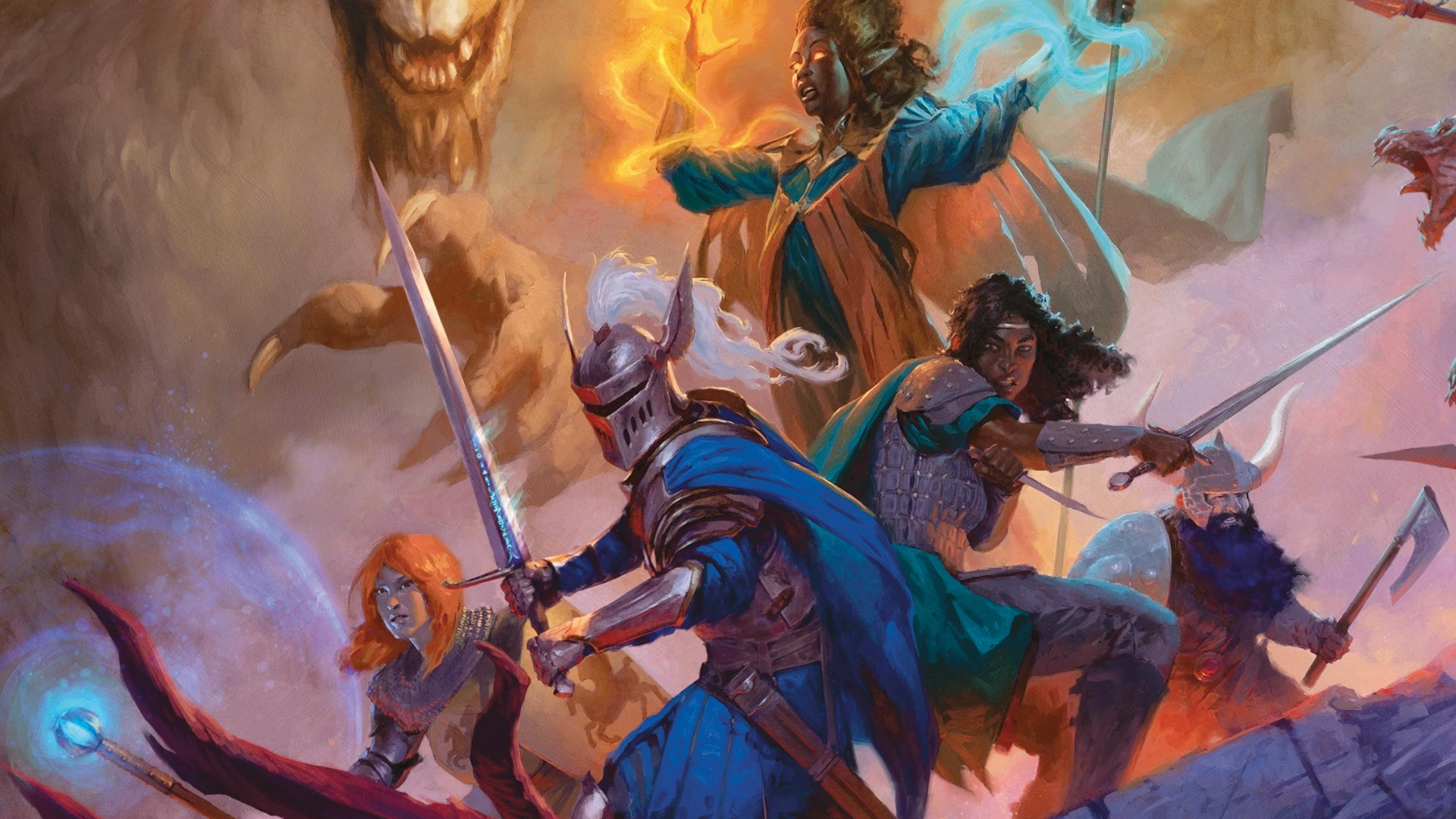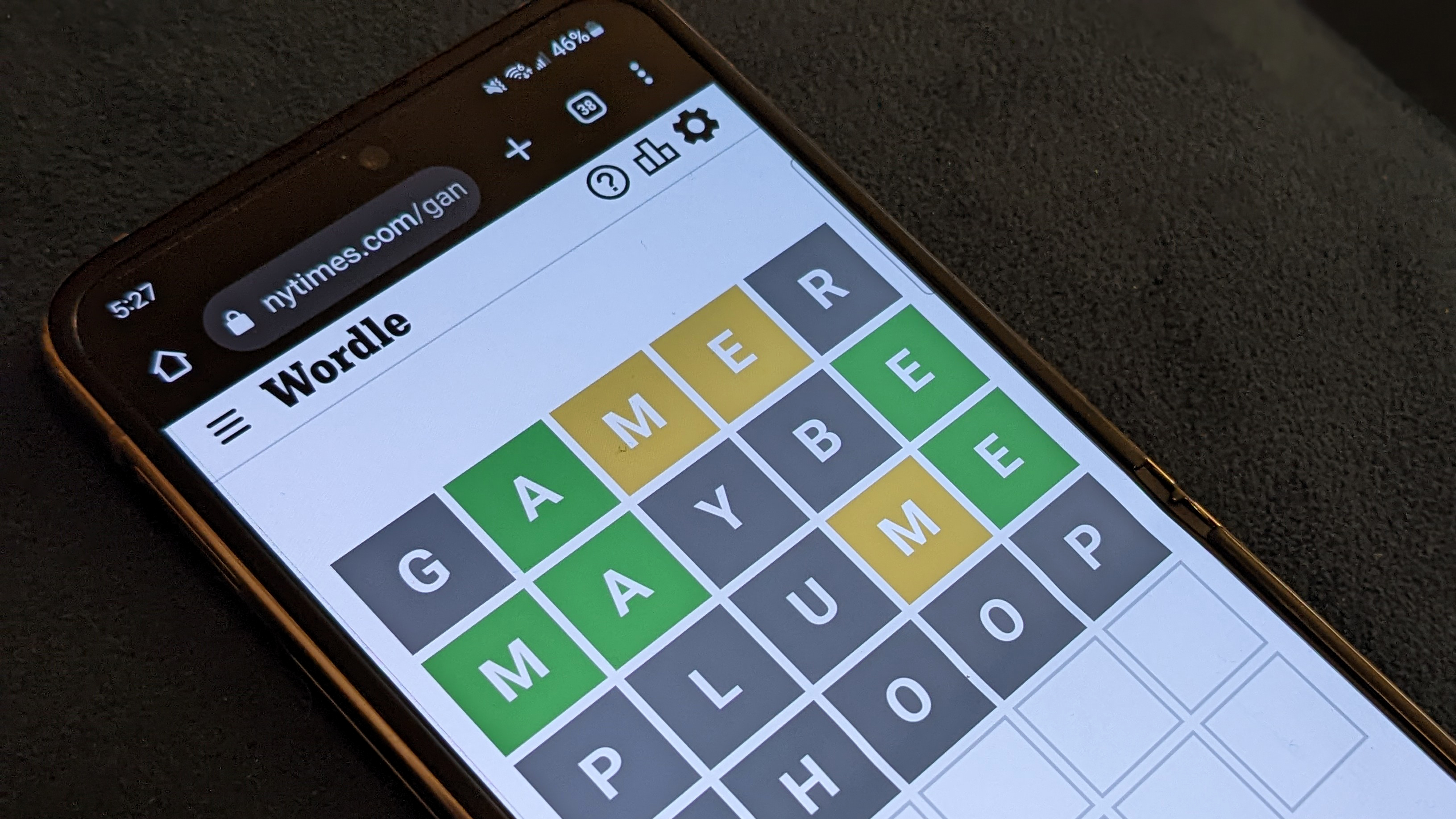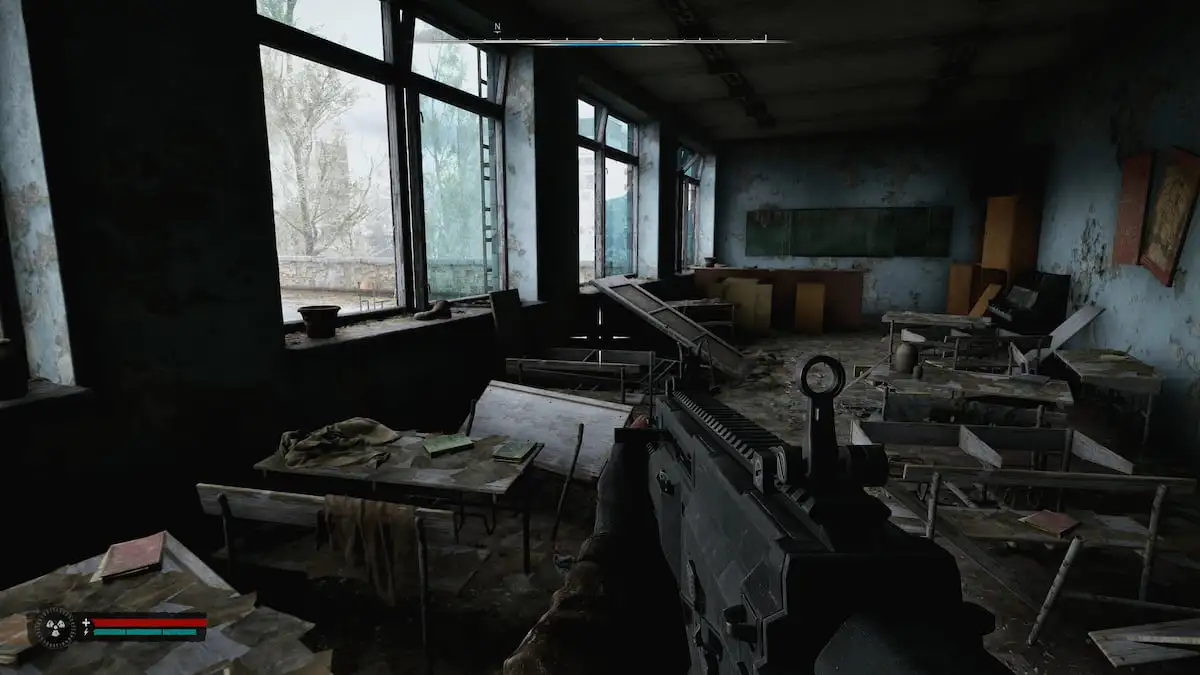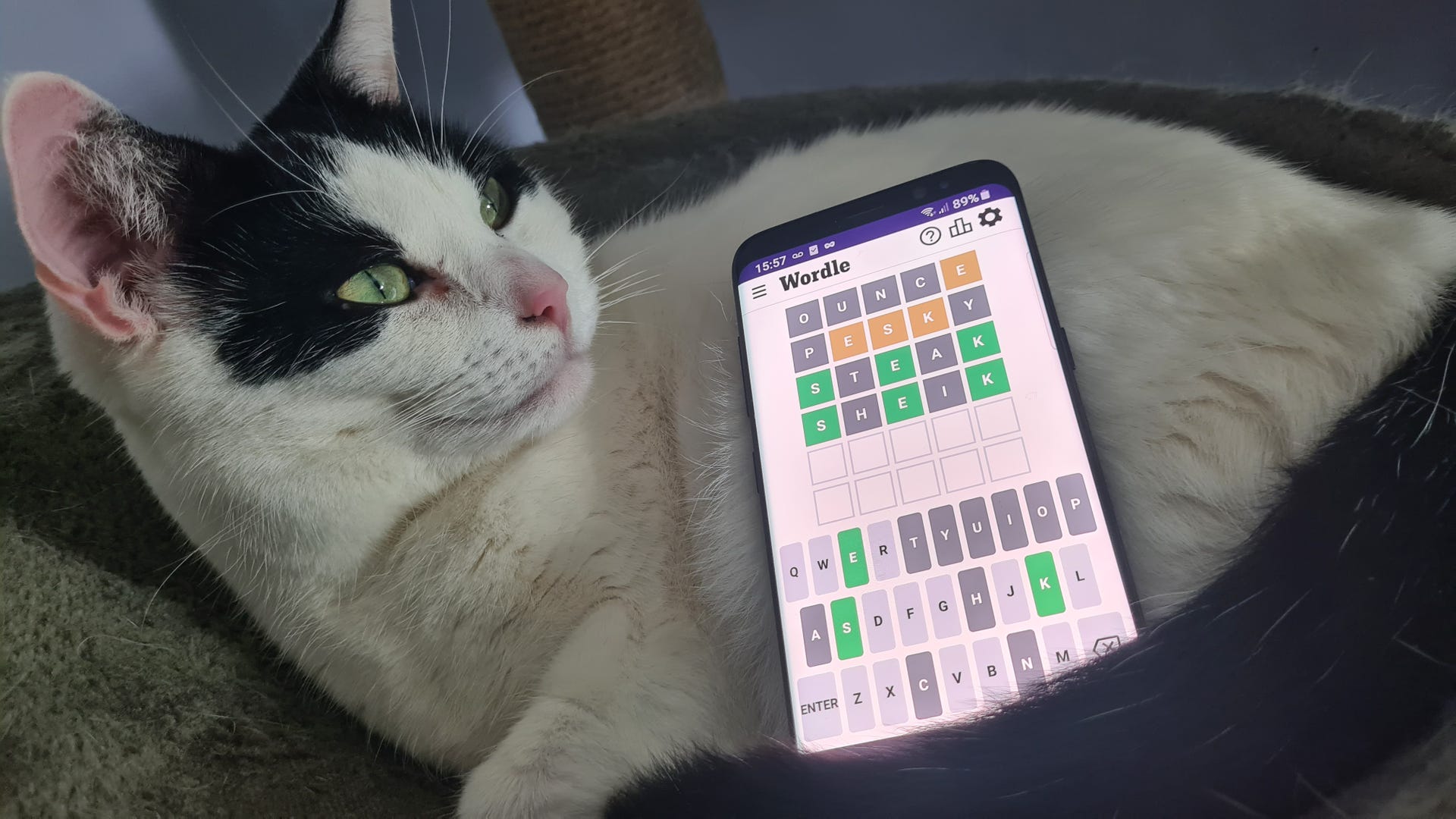
10 more years, 10 more years, 10 more years.
Dungeons & Dragons next pseudo-edition, which Wizards of the Coast has finally landed on calling the “D&D 2024 ruleset” instead of OneD&D, or D&DNext, or D&D Revenge of the Lich (I made that last one up) is finally here. Having sat down with it and zeroing in on all my points of interest like a bee to nectar, I can, on first contact, safely say that you will like it if you like D&D 5e.
If I were speaking to you instead of writing, you’d detect a lack of enthusiasm in my voice—or at the very least, some conflict. That’s because, for good or for ill, being a slightly better version of D&D 5e means that this new ruleset—as PC Gamer’s Robin Valentine successfully predicted, isn’t really giving us something new.
This is neither an inherently good or a bad thing, in isolation. Though looking at this thing, I can’t help but be reminded of all the times some soda company or burger joint has boasted about a ‘brand new recipe!’ that I wouldn’t have clocked without the adverts to back it up, if at all.
That’s maybe a little unfair. To say that D&D 2024 has no changes would be inaccurate—it’s got some, and all of them are designed to better convey what D&D 5th edition started leaning towards: Competent fantasy wargaming revolving around a system that is, despite how often it’s used to tell stories, all about fighting monsters. Let’s get into it.
Touch-ups & Tune-ups
(Image credit: Wizards of the Coast / Hasbro – Art by Antonio Jose Manzanedo)
The core systems have been adjusted in ways that seem either plainly better or, at their worst, a funky side-grade with implications that won’t be felt until theory crafters have descended upon this thing like a flock of seagulls.
For example, the often-confusing “Surprised” condition, colloquially and incorrectly called a “Surprise Round”, is gone. Instead, if your enemy’s unsuspecting, they just have disadvantage on their initiative roll (you also gain advantage if you’re Invisible). Exhaustion had a similar streamlining—you instead get a scaling penalty to your “D20 Tests” and movement speed. The implications are different, but pleasantly rules-lite.
Other changes are a touch more confusing. Grappling, for example, now sees your opponent making a Saving Throw in lieu of a contested check—which removes some of the excitement of wrestling from the system, and makes the Acrobatics and Athletics skills less useful. It’s more powerful, acting as a pseudo-taunt where your enemy has disadvantage on attack rolls against anyone other than you, but it’s also less spicy.
Hiding is different and still, infuriatingly, confusing for the newcomer—managing to be both simpler and have the exact same problems it did before. Hiding makes you Invisible now? Simpler. Hiding doesn’t specify whether you’re still Invisible after you leave cover, and leaves sight lines up to DM fiat? Wizards has had 10 years to be more clear-cut and has opted to let the rules squabbles fly. It also unhelpfully doesn’t mention passive perception when it introduces players to this rule, despite it very much still being a thing.
Characters & Classes
(Image credit: Wizards of the Coast / Hasbro – Art by Dmitry Burmak)
Making a character is more or less the same, but with some specific changes. Races are now Species, and Ability Scores are now tied to backgrounds—both sensible decisions that I can get behind. After all, I think having been trained as a soldier should have more of a bearing on my Strength score, instead of how pointy my ears are.
Backgrounds now give you a free starting Feat, a common homebrew rule now baked into the game with some limitations to clamp on power gamers, though it’s still relatively easy to cobble together a custom background yourself.
In terms of Classes, your old favourites are all here with some new additions. I’m genuinely super behind the College of Dance Bard, a fun subclass that revolves around boosting your unarmed strikes with your Bardic Inspiration die, letting you get punches when you spend those dice as a reaction, and so on. I shan’t get into the minutiae here because I’m sure the leagues of build wizards are way ahead of me, but there’s a lot to chew on.
Everyone’s also a prepared spellcaster now, something which seems revolutionary on the face of it, but mostly shakes out to being the same, because different classes prepare spells in different ways. The Bard, for example, functions almost identically to its 5e version when it comes to “preparing” spells, in that it gets to swap out one every level. I’m sure this won’t make the already-confusing conversations about spell slots even worse. It does, however, give Wizards of the Coast a finer degree of control over complexity. Paladins, for instance, can now only swap out one spell on a Long Rest.
Feats also aren’t an optional ruleset thing anymore. In terms of how they’ve been balanced, while I don’t have a birds-eye view just yet, I’m seeing lots of things I like. The new Grappler feat is genuinely powerful, and Feats like Great Weapon Master have been knocked off their “mandatory if you want to do decent damage” throne while still remaining solid.
(Image credit: Wizards of the Coast / Hasbro – Art by Zoltan Boros)
Spells have also seen a balancing overhaul. The old faithful Guidance now lasts for longer, but only targets one specific skill. Other cantrips like Vicious Mockery have seen their damage boosts and, against all odds, Blade Ward is actually kinda situationally good now. It takes your concentration to maintain, but applies a 1d4 penalty to incoming attacks. Not too shabby for a cantrip.
I especially like the tweaks to Counterspell, bane of DMs everywhere. It now works via a Constitution Saving Throw, meaning players can’t stack their odds with the previous version’s Ability Check, and is a little nicer on players—if your spell gets interrupted, you don’t burn your slot. All in all, sensible stuff.
The biggest revolution when it comes to how you put your characters together, though, is absolutely in Mastery Properties. Every weapon comes with an extra Mastery Property, which can be unlocked by class features—Fighters, naturally, get access to them.
For example, daggers have the property of Nick, which lets your usual off-hand attack from dual wielding be rolled into your action, freeing up your bonus action for something else. Flails, meanwhile, have the Sap mastery property, which lets you clobber an opponent with disadvantage on their next attack whenever you score a hit on them.
These new additions are awesome but, unfortunately, are about as exciting as D&D 2024 gets if you’re looking for an actual feeling of newness, rather than ‘just-the-same-but-better’.
Complaints & Contrarianisms
(Image credit: Wizards of the Coast / Hasbro – Art by Chris Rallis)
Now it’s time for me to have a big moan as a long-standing D&D 5e player (and a bit of a recent Pathfinder 2e newcomer). Here’s a quick run-down of all the issues D&D still absolutely has.
Action economy is still king, even if there has been a laudable attempt to turn a lot of actions into bonus actions. You still typically have a thing you can do on your turn, and if you can’t do that thing, you might as well spend your 30+ feet of movement running in circles. Conditions like Stunned still take you out of the running as well, and I don’t think I’ve ever enjoyed being Incapacitated a single time as a player. Those are still bugbears hiding in the bushes in any game.
Somehow, D&D’s lack of ability to guide players through a creating their own story—which, in fairness, could be nixed by the 2024 Dungeon Master’s Guide we’re yet to see—hasn’t been improved. If anything, it’s gotten worse. I was never a fan of the Bonds, Flaws, and Ideals system from 5e, but it was at least an attempt.
You could probably avoid dozens of cases of edgy, lone wolf players if they were prompted to actually get excited about their connections to the group.
D&D 2024 asks players to build their personalities around their Alignments, of all things—and the rollable tables are less than useless, tacking on tags like “Compassionate” or “Self Absorbed” based on whether your character’s chaotic, lawful, good, evil, or some combination of both columns. At the end of the character creation section, D&D just gives one great big shrug and essentially goes ‘I don’t know, you figure it out. You might wanna suss out your adventurer’s gender’. Like, yeah, I probably do want to do that!
I’m only so frustrated because this felt like an opportunity for D&D to actually work with its blooming popularity and give players tools to tell stories. You know, the thing Wizards of the Coast keeps telling everyone its system is good at via its social media engagement with its most popular livestream players. Wizards is keen to roll out Matthew Mercer or Brennan Lee Mulligan (which I’m all for, they’re incredible to watch) as great examples of the hobby, but reticent to actually teach you how to tie narrative threads together, or even, I might add, how to start weaving them in the first place.
There was a real chance to, say, dip into systems like Powered by the Apocalypse for inspiration. Masks, for example, has a couple of great devices for building out inter-party relations—I don’t know if it would’ve taken anything away from D&D 2024 to have an optional set of questions and character-building exercises for the fledgling table of players to engage with, if they wanted. You could probably avoid dozens of cases of edgy, lone wolf players if they were prompted to actually get excited about their connections to the group.
(Image credit: Wizards of the Coast / Hasbro – Art by Kai Carpenter.)
To touch back on the Action Economy thing, too—I’m similarly annoyed there, as well. Having played a bunch of Pathfinder 2e recently, its three-action system, where things like moving or swinging a weapon are weighted evenly, would’ve been a brave inclusion that Wizards of the Coast are seemingly too nervous to make. Yes, such a change would be radical and shift the entire balance of the game—but WoTC’s had 10 years to tackle that.
That’s the problem, right? I have a lot of positive feelings towards the changes that have been made in D&D 2024’s Player Handbook, but I’m just not sure it represents 10 years of change at all—Wizards doesn’t want to reinvent the wheel, but I honestly think it needs to eventually, because why shouldn’t it?
D&D 5e isn’t going anywhere, and thanks to the power of homebrew campaigns, it doesn’t even have a shelf life.
TTRPGs aren’t like videogame sequels. D&D 5e isn’t going anywhere, and thanks to the power of homebrew campaigns, it doesn’t even have a shelf life. It’s one of the advantages of the hobby—you can still, if you have a few friends, go back and play 4th edition, 3.5, or AD&D for years if you want. Why not do something new?
The answer’s boring: Money, hedging your bets, and trying to turn D&D into a franchise-able monetised giga-IP. As such, Wizards has no obligation nor inclination to try and break stuff and build something interesting. And, look—D&D 2024 will be loved by people who are comfortable with D&D 5e because it doesn’t rock the boat too much. But if WoTC had taken that risk, and it had disappointed them, those players would’ve still had their books, right?
I am, I will fully admit, being an old fogey complainer about the Player’s Handbook 2024. My issues are more with what it represents than what it is, which is a perfectly serviceable upgrade to the 5e ruleset. I just wish, in my heart of hearts, that it hadn’t played it so safe. In the meantime, I’ll keep having a ball with other systems, and hope against hope we’re not in for another 10 years of the same TTRPG from Dungeons & Dragons.





